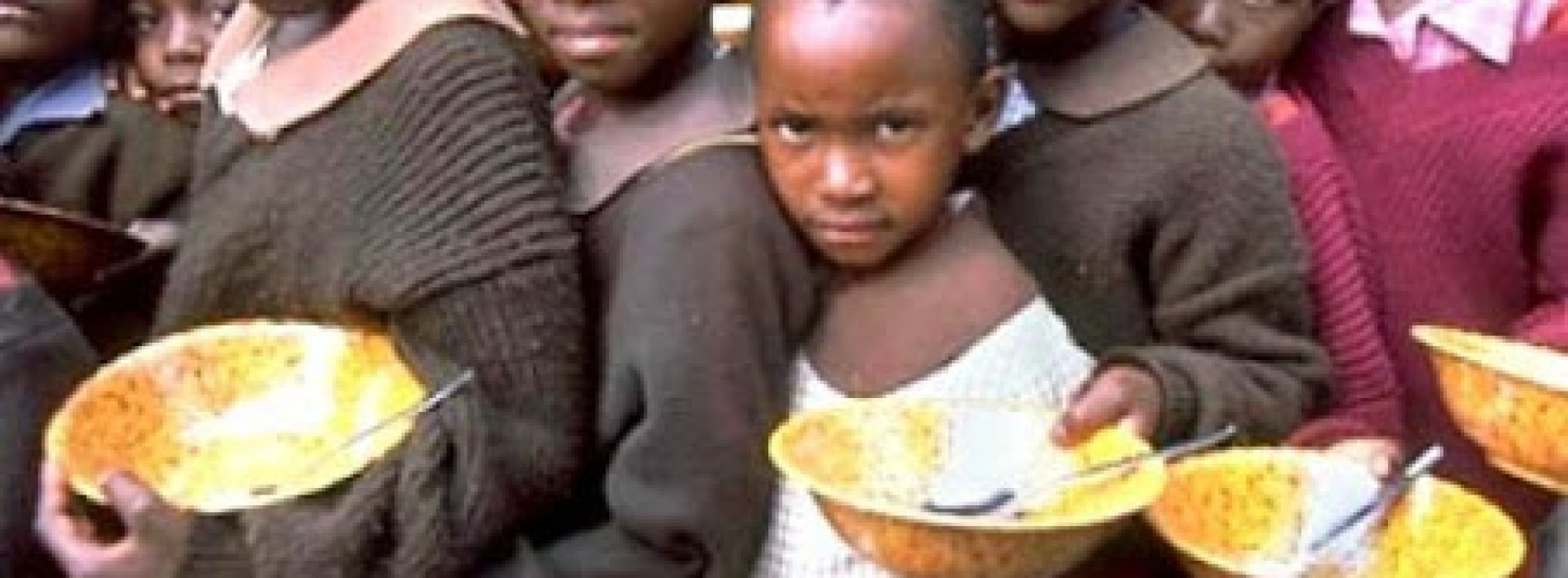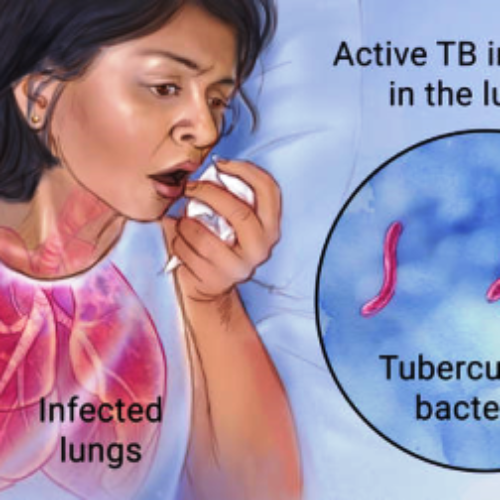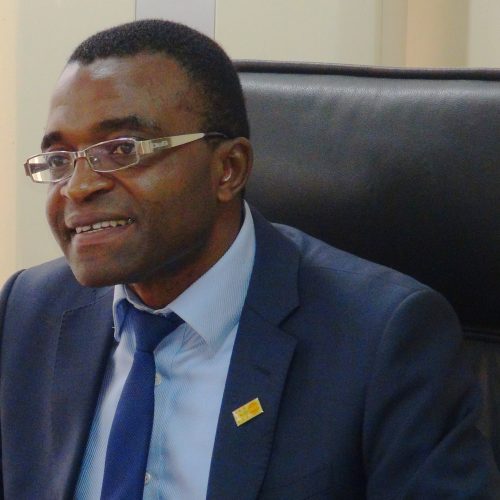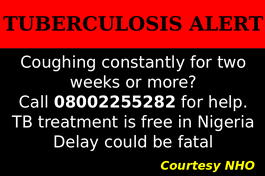Over 1 million Nigerian children reached with life-saving malnutrition treatment, UNICEF
The Government of Nigeria and UNICEF announced today they have reached more than a million Nigerian children with a highly successful and cost-effective treatment for acutely malnourished children, saving over 200,000 lives in the past six years.
Community-based Management of Acute Malnutrition (CMAM) was piloted in Gombe and Kebbi States in 2009 and has now been introduced in 11 northern Nigerian states where malnutrition poses the greatest threat. CMAM treats acutely malnourished children from six months to five years old on an out-patient basis. More than 830,000 children have been cured in the programme with the cure rate rising steadily – currently standing at 85 per cent. Of the remaining children, about two per cent do not respond to treatment and are referred to hospitals; the current mortality rate is just one per cent, while the other children have defaulted from the programme.
“We must scale-up CMAM in Nigeria. It is a proven high-impact intervention that is saving lives and helping Nigerian children reach their full potential through a good start in life,” noted UNICEF Nigeria Representative Jean Gough. “We need greater investment in Nigeria’s future by investment in good nutrition,” she added.
There are approximately 1.7 million severely acutely malnourished children under five in Nigeria – accounting for a tenth of the global total. Nearly a thousand Nigerian children die of malnutrition-related causes every day – a total of 361,000 each year. Acute malnutrition also leads to stunting of children causing life-long physical limitations and can reduce intellectual capacity.
“The Government of Nigeria is committed to reaching more children with CMAM,” said Linus Awute, Permanent Secretary of the Nigerian Federal Ministry of Health, “We cannot accept that Nigerian children continue to die of malnutrition and that our potential future leaders should be diminished by its effects.”
CMAM is carried out during weekly appointments over approximately eight weeks at primary health care centres. It includes education of parents and caregivers on nutrition, the importance of continuing breast-feeding and the role of hand-washing and hygiene. The nutrition status of the children is assessed during the CMAM sessions and children are given a health screening; if necessary, they are also treated for other illnesses. Children are given highly nutritious Ready-to-Use Therapeutic Food (RUTF) during the sessions and mothers and caregivers are provided with supplies of RUTF to feed the child at home.
The cost for CMAM is just US$160 for each child treated, including US$76 for the RUTF; the remaining US$84 covers all other costs, including staff time and training, transport and storage of supplies, and basic medicines. UNICEF and the Government of Nigeria are scaling up the CMAM response and UNICEF is advocating for increased investment in CMAM from both the Government of Nigeria and external donors.
Over the years since its introduction in 2009, financial support for the programme has been provided by the Children’s Investment Fund Foundation (CIFF), DFID, ECHO, the European Union, USAID, the Bill and Melinda Gates Foundation and JICA.







0 Comments
No Comments Yet!
You can be first to comment this post!